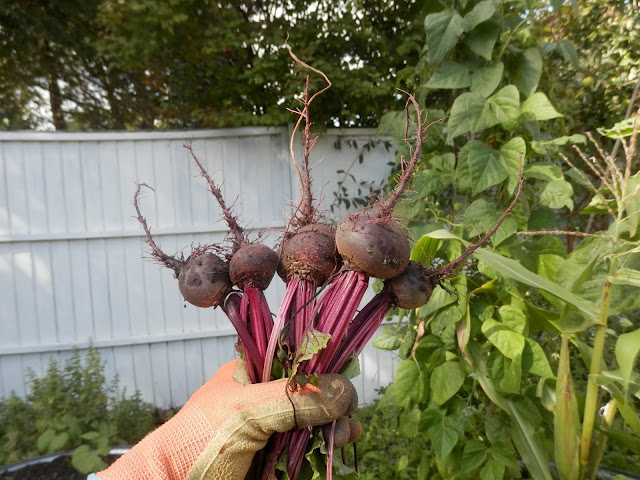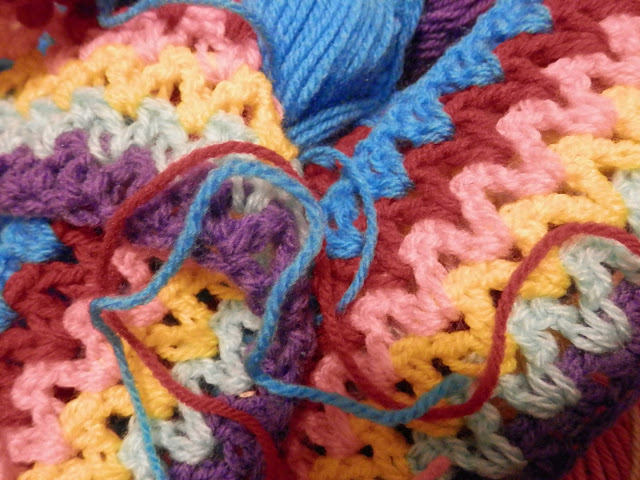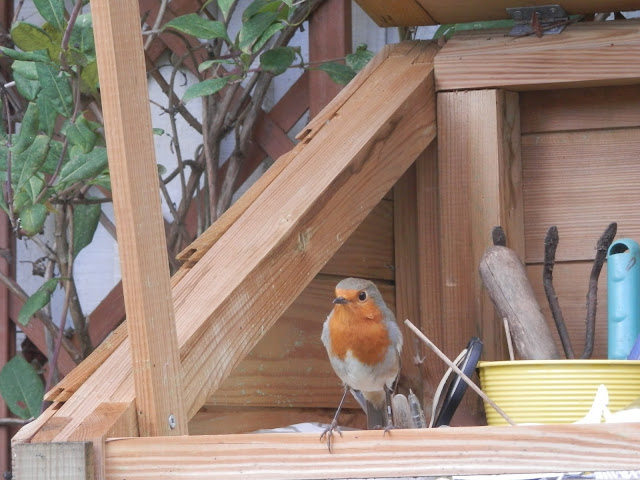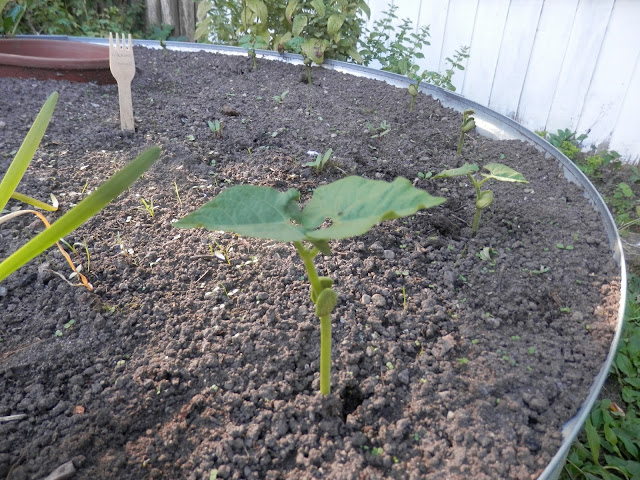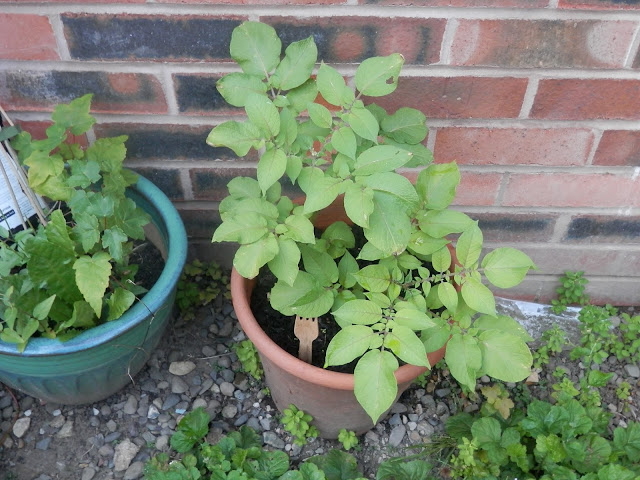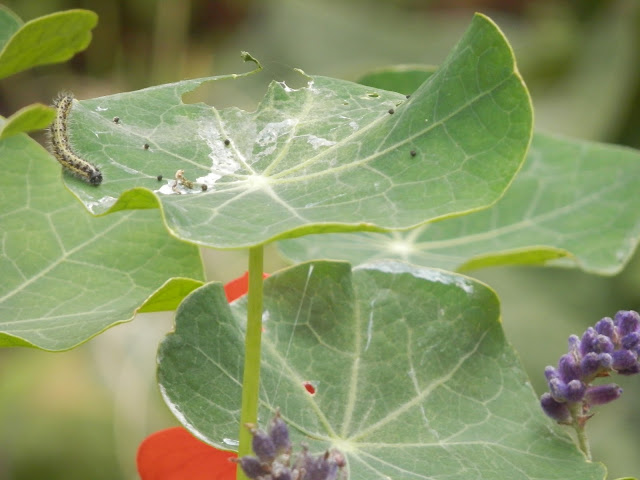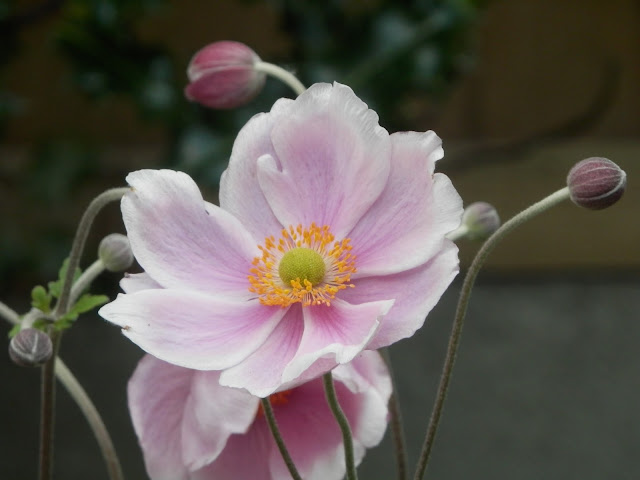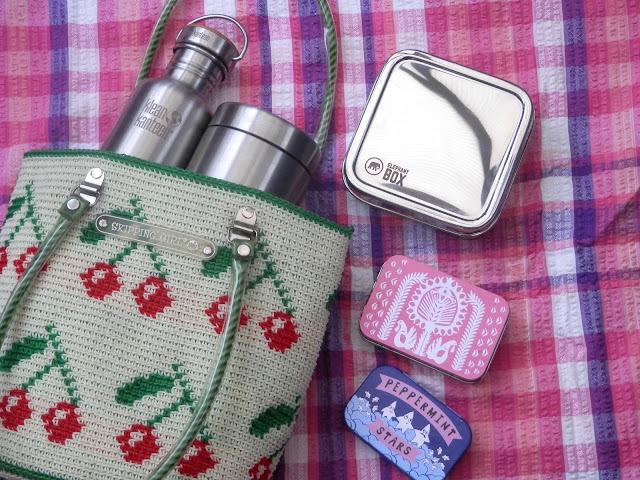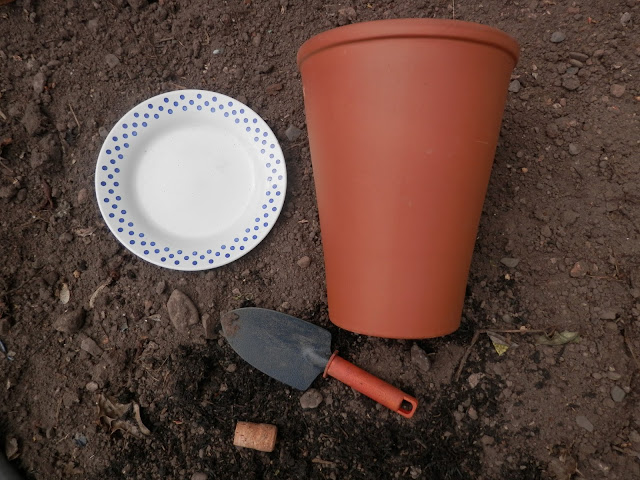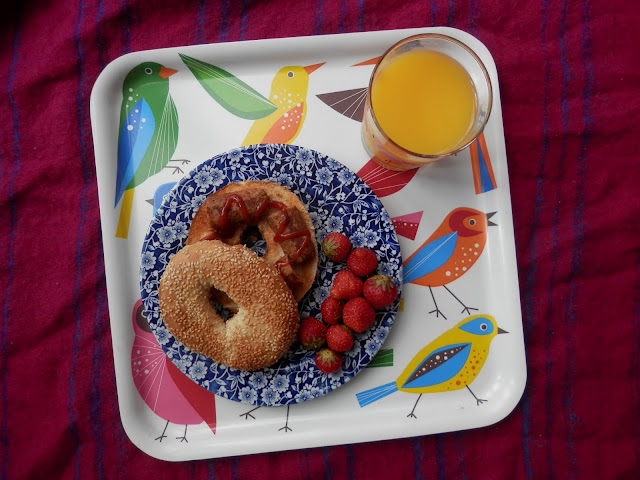Its been a long hot summer (mostly!) and I've barely had my the hose pipe out in the garden! How, you may ask? By using a combination of clay pot irrigation, wine bottle waterers and mulch I've saved loads of water and loads of time.
Ollas, or clay pot irrigation.
Unglazed clay pots buried under ground let water out when the ground is dry and plants need it. You can use
ollas, which are round clay jars with a narrow neck, but they're fairly expensive. Clay pot irrigation does the same job using terracotta plant pots, which are loads cheaper.
Here's how I made my own really simple clay pot waterers. There are loads of instructions online that involve gluing two pots together, I didn't go down that route because I don't want glue or silicone sealant buried underground where I grow my plants.
You will need
unglazed terracotta pots
champagne or wine corks
plates or something to cover the top of the pots
Dig a hole where you want the clay pot irrigation system to be. The clay pot should stick up an inch or so above the surface of the soil.
Fit a cork into the hole in the bottom of the pot (to stop the water running out of it too fast!), then pop the clay pot into the hole and fill around it. Make sure it's level using a spirit level (or guesstimate!).
Fill up the pot with water and cover with a plate or saucer.
These cost under £5 each (£4 for the plant pots, chipped plates from the kitchen and champage corks from Ebay) but I've made smaller versions for free using smaller plant pots.
My raised beds have produced so well this year, and I'm sure the clay pot irrigation system has something to do with it. I've filled up the pots 1 to 3 times per week, depending on the weather, and my plants have been so big and healthy. And added bonus, slugs love hanging out in the damp pots, so I can remove and dispose of them easily and save my plants from slugageddon.
Wine bottle waterers.
This is another really simple DIY to make your own plant waterer. Just drink your wine, wash the bottle, fill with water, make a hole where you want to put it with a dibber, then quickly turn the bottle over and put the neck in the hole.
I tend to use these as emergency care for wilty plants, or for anything I know is particularly thirsty (my courgettes have a wine bottle waterer each!). Because they're not permanent they're really handy for moving around the garden to where they're most needed.
I also use glass bottle waterers in the conservatory, to stop my tomato and pepper plants from drying out too quickly.
Mulch.
I use three main types of mulch to protect the soil's surface, smother weeds, prevent moisture evaporation and reduce the amount I have to water my plants.
Snapped twigs are quite a pretty mulch if you have some twiggy bits you'd like to reuse in the garden rather than chuck in the green bin. Waste not want not.
I'm always scooping up a bit of gravel from the driveway to mulch the top of my pots too.
A very Permaculture method of mulching is called 'chop and drop'. As the name suggests you chop (ie. prune or dead head or weed) then drop the clippings directly onto the garden. This returns the nutrients the plants have taken from the soil directly back where they came from, and the organic matter on top of the soil encourages soil life, from fungus and bacteria to worms and other creepy crawlies.
I only chop and drop at very specific times. In autumn I chop and drop then cover the droppings with a layer of compost so it can all decompose together to make happy soil in the spring.
The only other time I use the chop and drop technique is to cover bare soil in very very hot weather. I have clay-y soil which will bake, set solid and crack in the sun. This year slugs ate all my summer seedlings so there've been bare patches of soil where I've been waiting for new plantlets to grow. To temporarily cover and protect these bare patches I've chopped and dropped weed leaves and leaves from shrubs I've pruned. Because it's been so hot these prunings have gone dry and crispy really fast, and decomposed quickly.
I can't chop and drop during any kind of damp weather, because my garden is slug HQ and it just gives them more hiding places!
The combination of these three methods means I've only had the hose pipe out twice this year. Of course I've had the watering can out a few times a week, but I've used loads less water and saved lots of time buy using water saving watering techniques.



